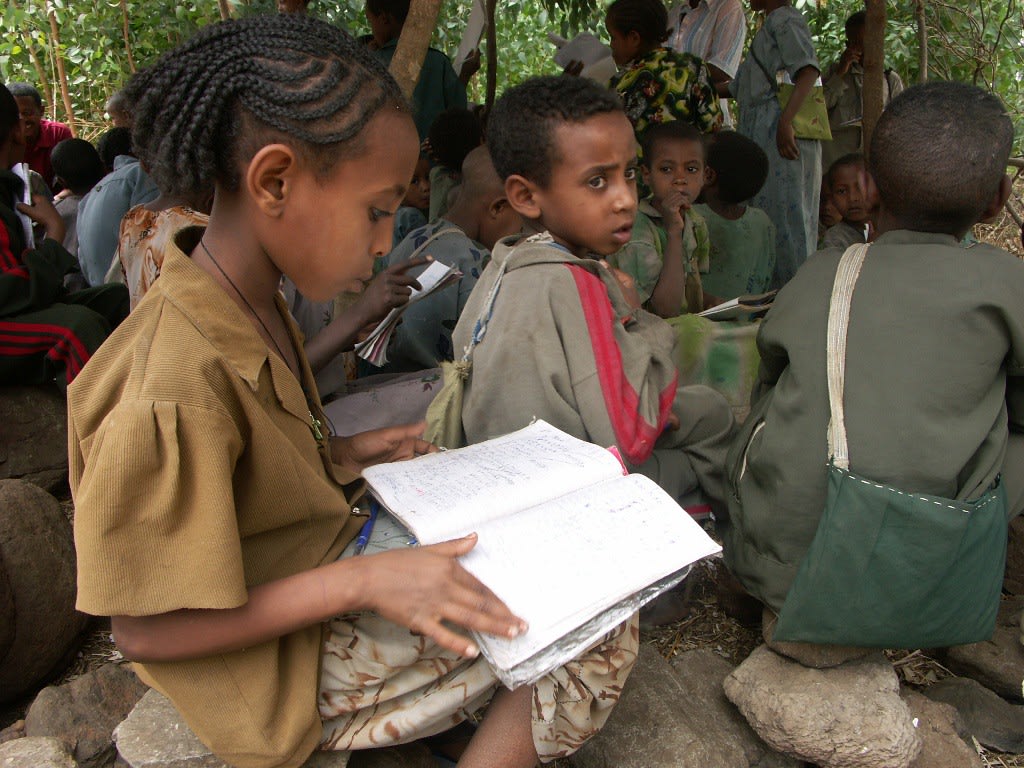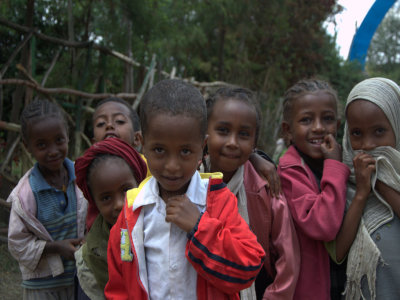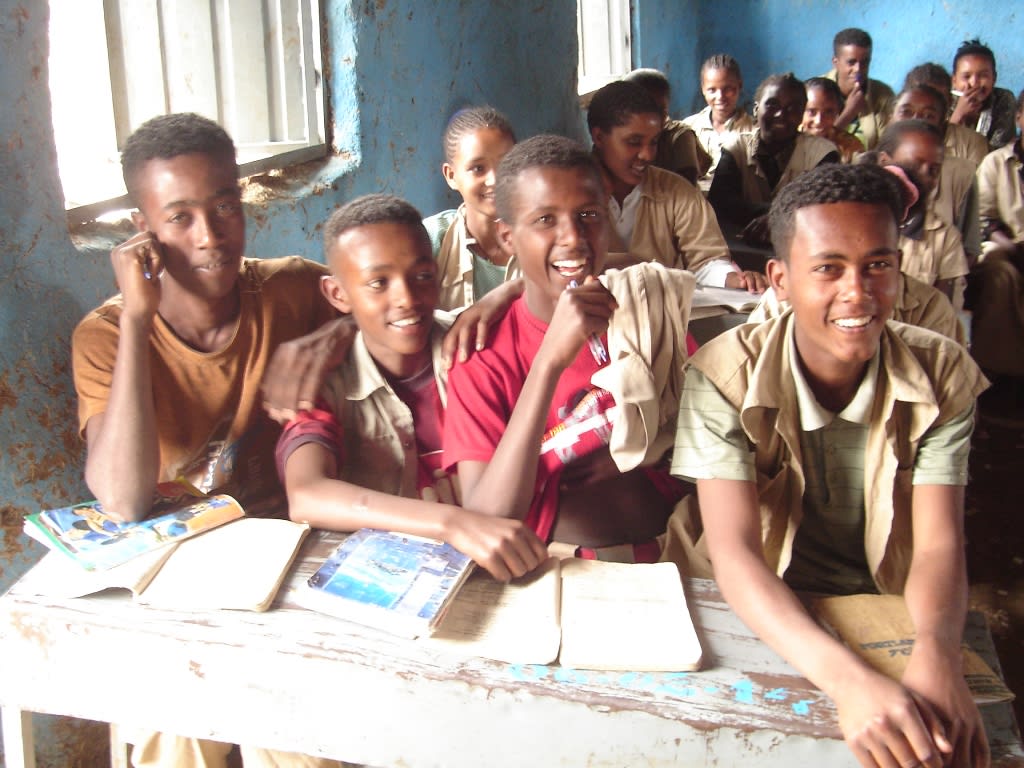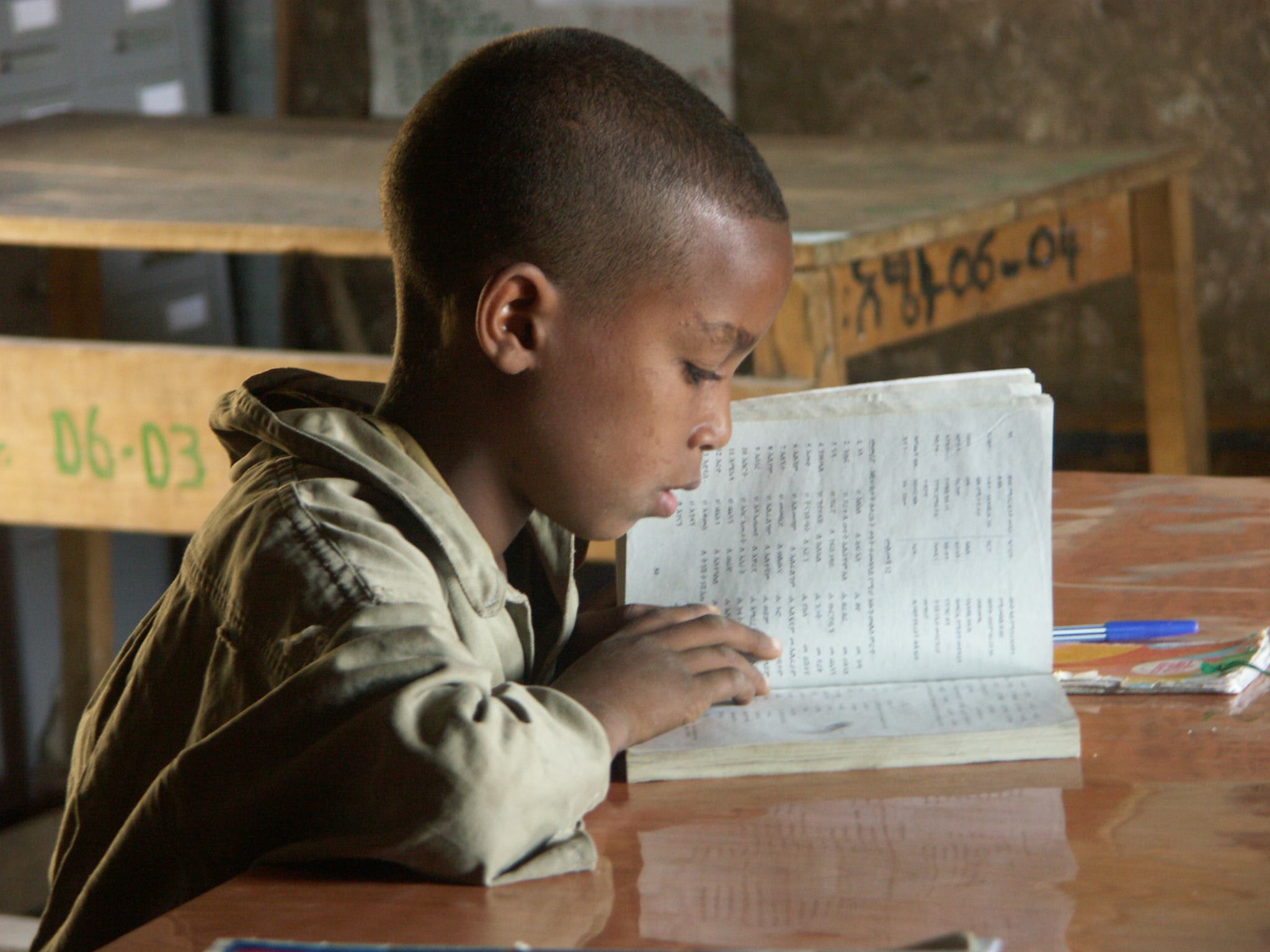Students at rural schools face difficulties over and above students in urban areas; the journey to school is likely to be longer and the facilities at school poorer. Rural teachers are, on average, less qualified and there is a higher turnover of staff. Rural students are more likely to drop out of school early and get worse grades. For these reasons, it is one of our priorities to work with the rural schools.
Rural schools often need more support to fund classroom buildings and maintain existing buildings. Many rural schools are set up as ‘satellite schools’ of urban schools with the community raising funds for one classroom which is then run under the management of the existing schools. That means that many schools can only offer Grade 1 or Grade 1 and 2 with students choosing between walking miles to a new school or dropping out of the education system all together.
Link Ethiopia aims to build 20 new classrooms in rural schools, focusing on schools which cannot offer all grades. The classrooms will offer a comfortable space for lessons and will allow students at-risk-of-dropping-out to attend a local school. By being harder to access rural schools often miss out on a range of other resources that urban schools have more straightforward access to, and so we are finding innovative solutions to expand our projects to remote rural areas.

Barriers to Education

Distance
The distance from a family’s home to their closest school may mean their children are not able to attend, whether because the distance is judged to be too far, or because of safety concerns and the like. This especially becomes a concern for young girls, who may face sexual harassment, assault, and even abduction on their journeys to school. (To learn more about the barriers to girls’ education, read here.) Distance can be a major issue since, depending on the community, even the primary school that is at hand may not provide a full cycle of education. This means that if the distance between a rural community and the nearest primary or secondary school is too far, then schoolchildren are missing out on crucial educational experiences.

Teachers
While the Ethiopian government provides teachers to communities that can manage to find the resources to build a school, there are still problems with this arrangement. For many teachers, working in rural communities is less desirable than working in urban areas, and so they do not choose to go to these communities. And for the teachers that do choose to teach in rural communities, many have just left school, and do not have a lot of experience.

Facilities
Although the rural communities in Ethiopia have 84% of the primary schools, they only have 10% of the secondary schools.1 Because of a lack of resources, many of the secondary schools in Ethiopia are located in larger towns and cities. This means that for the those schoolchildren who live in these smaller rural communities, education becomes a choice that they may not be able to make. The building of new schools and classrooms in rural communities increases the level of education that children are able to receive, whether that is just allowing them to finish an additional year of primary school, or being able to go to secondary school at all.
1 Shibeshi, Ayalew. “Education for Rural People in Africa: Policy Lessons, Options and Priorities”. p.15
Donate
If you would like to donate specifically to any of these projects then please click here and send an email to [email protected] to let us know that this is the project you want to support.
